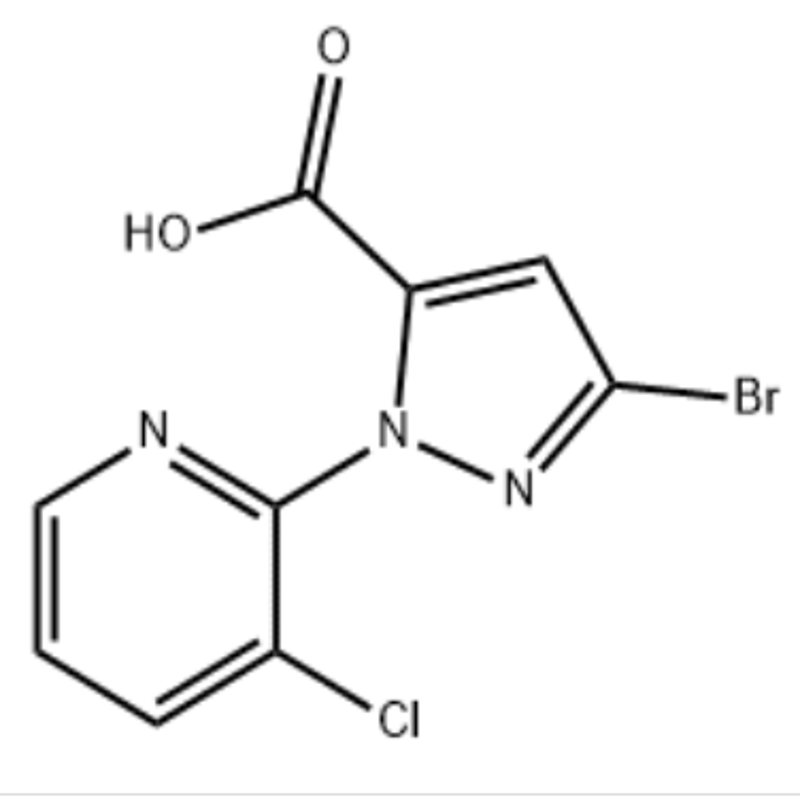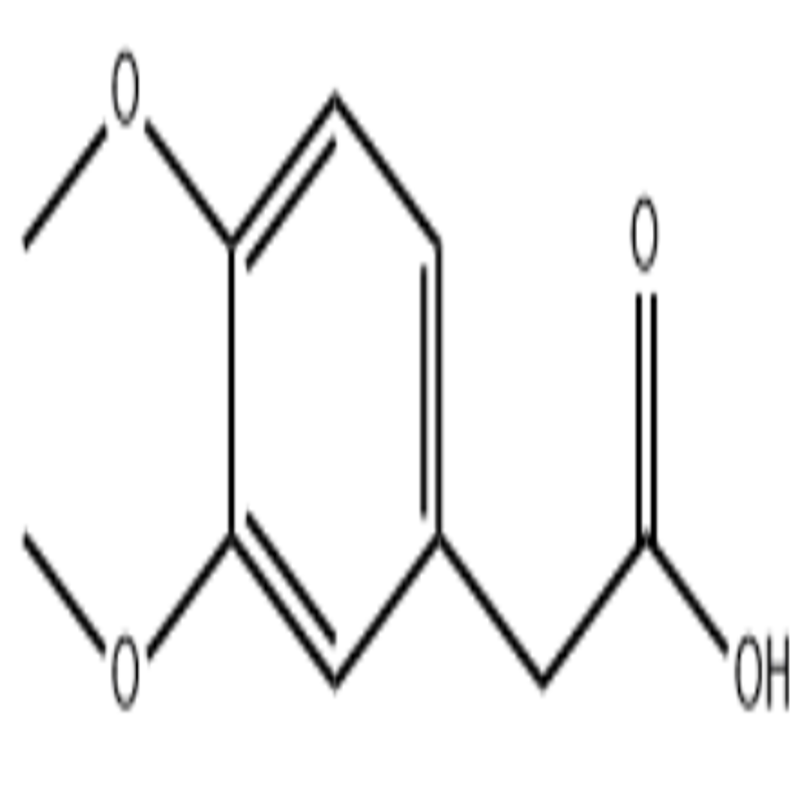-
Categories
-
Pharmaceutical Intermediates
-
Active Pharmaceutical Ingredients
-
Food Additives
- Industrial Coatings
- Agrochemicals
- Dyes and Pigments
- Surfactant
- Flavors and Fragrances
- Chemical Reagents
- Catalyst and Auxiliary
- Natural Products
- Inorganic Chemistry
-
Organic Chemistry
-
Biochemical Engineering
- Analytical Chemistry
-
Cosmetic Ingredient
- Water Treatment Chemical
-
Pharmaceutical Intermediates
Promotion
ECHEMI Mall
Wholesale
Weekly Price
Exhibition
News
-
Trade Service
4,6-Dichloro-1H-pyrazolo[3,4-d]pyrimidine, commonly referred to as 4,6-DDD, is a synthetic compound commonly used in the chemical industry.
This compound is widely used as an intermediate in the production of various chemicals and pharmaceuticals.
One of the most common synthetic routes for the production of 4,6-DDD involves the reaction of 2-chloropyrimidine-5-carbaldehyde with 4-chloropyrimidine-2,5-diamine in the presence of an organic solvent, such as N,N-dimethylacetamide or N-methyl-2-pyrrolidone.
The reaction is typically carried out at a temperature of around 100-150 degrees Celsius, and is often performed in a glass-lined reactor to prevent the formation of unwanted byproducts.
Another synthetic route for the production of 4,6-DDD involves the use of anhydrous aluminum chloride as a catalyst in the reaction of 4-chloro-6-iodopyrimidine with 2,5-dimethylpyrrole-3-carboxaldehyde.
This reaction is typically carried out at a lower temperature than the previously mentioned route, and is often performed in the presence of a polar solvent, such as dimethylformamide or dimethylacetamide.
Yet another synthetic route for the production of 4,6-DDD involves the use of titanium tetrachloride as a catalyst in the reaction of 2-chloropyrimidine-5-carbaldehyde with 4-chloropyrimidine-2,5-diamine.
This reaction is typically carried out at a higher temperature than the previously mentioned routes, and is often performed in the presence of an organic solvent, such as tetrahydrofuran or toluene.
Overall, the synthetic routes for the production of 4,6-DDD are diverse and can vary depending on the specific needs and goals of the chemical industry.
The choice of synthetic route will depend on factors such as the cost of raw materials, the desired yield of product, and the overall efficiency of the process.
Regardless of the specific synthetic route used, 4,6-DDD is an important intermediate in the production of a wide range of chemicals and pharmaceuticals, and its importance in the chemical industry is likely to continue in the future.







